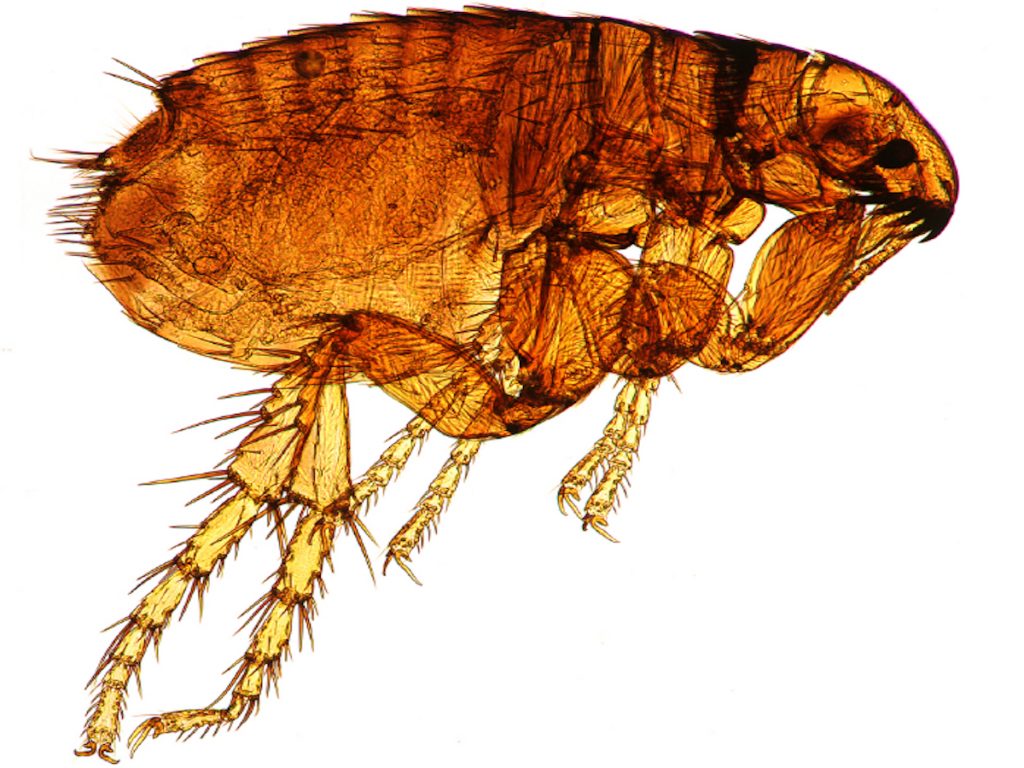Learning Lucid Dreaming Can Help with That. Here’s How.

|
This article was updated on 04/15/21.
Ads we feature have been independently selected and reviewed. If you make a purchase using the links included, we may earn a commission, which helps support the site. Thank you for your support.
What are Coronavirus pandemic dreams? In a nutshell, they are dreams that are more intense, strange, and different from the dreams we experienced before society began grinding to a halt and required us to hunker down at home, deprived of the association with our fellows. Dreams are our way of coping with the day’s intense emotions. They happen when in REM (Rapid Eye Movement) sleep. The abrupt withdrawal from our usual environments and daily stimuli has moved many of us to new frontiers of dreaming. This can be frightening so it makes it a perfect time to learn lucid dreaming. You can think of it as a late New Years’ resolution.
What is Lucid Dreaming?
At its basic level, during lucid dreaming, you are simply aware that you are dreaming as opposed to just “remembering” it for a short time after waking. As you get better at the technique you can gain control over the actions in the dream, specifically your actions. Obviously, this can make strange or scary dreams more palatable, but also more fun. Moreover, the practice of learning to lucid dream in order to stop nightmares from occurring or reoccurring is called lucid dreaming therapy.
I learned lucid dreaming years ago when I became fascinated with the concept. I had always been interested not only in the content of my dreams but I wondered why, when as a child, I had the same exact dream every Christmas Eve and another different one on Easter Eve. Both had been filled with symbolism, some disturbing, but I was merely an observer. The ability to be a participant was impossible to resist! Was it possible to change the inevitable outcomes?
Techniques for Learning to Lucid Dream
When practicing these techniques, keep in mind that success is more easily attained for some than others. Like a musical instrument, the key is practice, practice, practice. Be patient; the payoff is well worth it if you hang in there for the long haul. Make these techniques a daily ritual for the best results. Your abilities will only improve over time.
- Reality testing: also referred to as reality checking, is a method of mental training. It increases metacognition by training your mind to notice your own awareness. To do this, first, ask yourself several times a day, “Am I dreaming?” Next, examine your environment to confirm whether or not you are dreaming. There are several ways to do this. For example, check a clock or your watch several times. If the time only changes slightly this indicates wakefulness. If it changes more than that, you’re likely asleep. Or look in a mirror. Do you look right? Finally, examine your own consciousness and in what ways you’re engaging with your current surroundings. Sound simplistic? Certainly, but learning it is a worthwhile technique.
- WBTB (Waking Back To Bed): First, set your alarm clock for five hours after your bedtime. Next, go to sleep as usual. When your alarm wakes you, remain awake for 30 minutes indulging in a quiet activity such as reading a book. Obviously, don’t drink coffee. Finally, go back to sleep. This process will make your brain more receptive to lucid dreaming and it is a calming interlude.
- MILD (Mnemonic Induction of Lucid Dreams): MILD is conceptualized on prospective memory. This means a focus on an intention to do something later, in this case, to remember that you are dreaming. First, as you fall asleep, think of a recent dream you’ve experienced. Recall something that struck you as irregular or strange in the dream such as the ability to fly in the sky like Superman. Focus on returning to that specific dream while telling yourself that the thing you found strange only occurs when as you dream. As you do this, tell yourself, “When next I dream, I will remember that I’m dreaming.” Note here that MILD is more effective when you combine it with WBTB (if you’ve been dreaming when your alarm goes off).
Not only is lucid dreaming a helpful tool as we work through the new lifestyle of lockdown and experience Coronavirus pandemic dreams, but it will also be useful (and entertaining) when we finally get back to normal. Learn it now; you will look forward to bedtime.

More Trending Articles
- Will You be Visited by Krampus this Christmas?
- Loneliness and the COVID-19 Pandemic
- Fake News and Cognitive Ability
- The Richard Feynman Learning Method
Looking for more great content? Visit our main page or partner sites:
I offer article and blog-writing services. Interested? Contact me for a quote!
Did you find this article helpful? Millions of readers rely on information on this blog and our main site to stay informed and find meaningful solutions. Please chip in as little as $3 to keep this site free for all.






 Kelly R. Smith is an Air Force veteran and was a commercial carpenter for 20 years before returning to night school at the University of Houston where he earned a Bachelor’s Degree in Computer Science. After working at NASA for a few years, he went on to develop software for the transportation, financial, and energy-trading industries. He has been writing, in one capacity or another, since he could hold a pencil. As a freelance writer now, he specializes in producing articles and blog content for a variety of clients. His personal blog is at
Kelly R. Smith is an Air Force veteran and was a commercial carpenter for 20 years before returning to night school at the University of Houston where he earned a Bachelor’s Degree in Computer Science. After working at NASA for a few years, he went on to develop software for the transportation, financial, and energy-trading industries. He has been writing, in one capacity or another, since he could hold a pencil. As a freelance writer now, he specializes in producing articles and blog content for a variety of clients. His personal blog is at 
